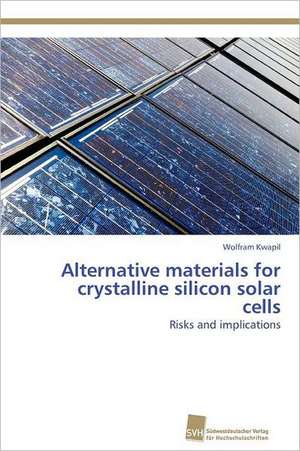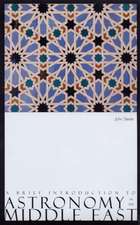Alternative Materials for Crystalline Silicon Solar Cells: Readiness for Peaceful Solution
Autor Wolfram Kwapilen Limba Engleză Paperback – 6 iul 2015
Preț: 550.68 lei
Preț vechi: 598.57 lei
-8% Nou
Puncte Express: 826
Preț estimativ în valută:
105.38€ • 114.43$ • 88.52£
105.38€ • 114.43$ • 88.52£
Carte tipărită la comandă
Livrare economică 22 aprilie-06 mai
Preluare comenzi: 021 569.72.76
Specificații
ISBN-13: 9783838131627
ISBN-10: 3838131622
Pagini: 324
Dimensiuni: 152 x 229 x 19 mm
Greutate: 0.48 kg
Editura: Sudwestdeutscher Verlag Fur Hochschulschrifte
ISBN-10: 3838131622
Pagini: 324
Dimensiuni: 152 x 229 x 19 mm
Greutate: 0.48 kg
Editura: Sudwestdeutscher Verlag Fur Hochschulschrifte
Notă biografică
Wolfram Kwapil, Dr. rer. nat.: Study of physics at Universität Karlsruhe (TH) and Université Joseph Fourier Grenoble, doctorate at Universität Konstanz with research at the Fraunhofer Institute for Solar Energy Systems, Freiburg. Project coordinator of a German research network in the field of silicon for solar cells at the Universität Freiburg.














